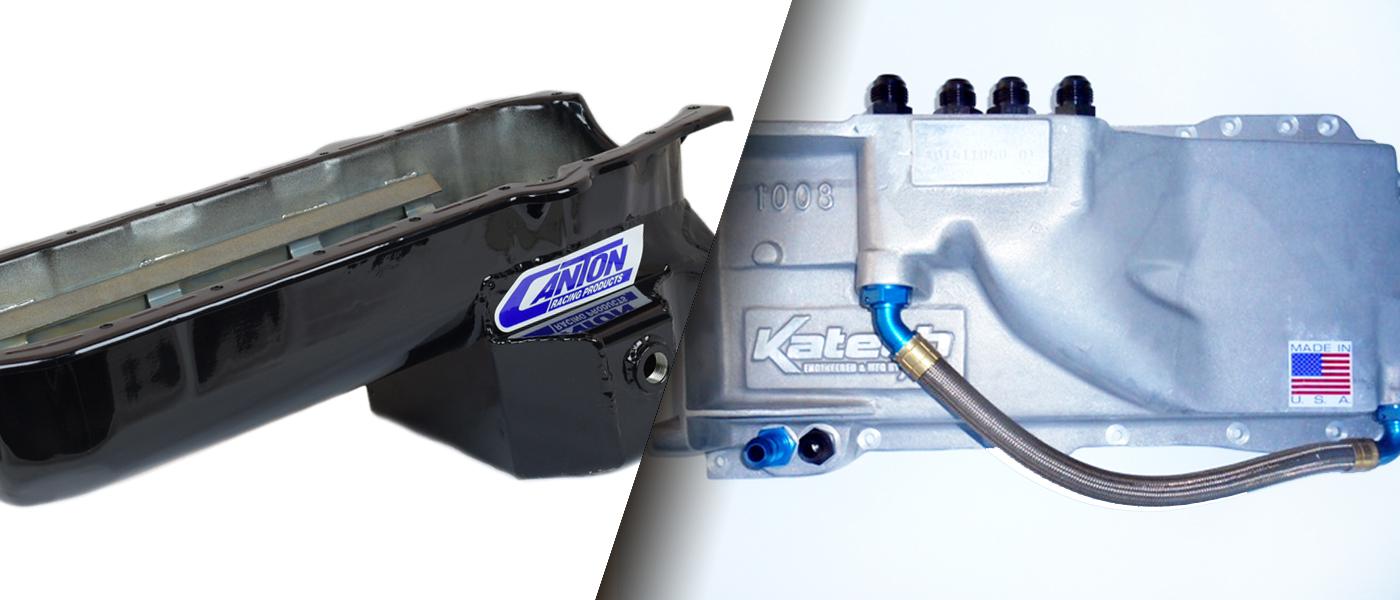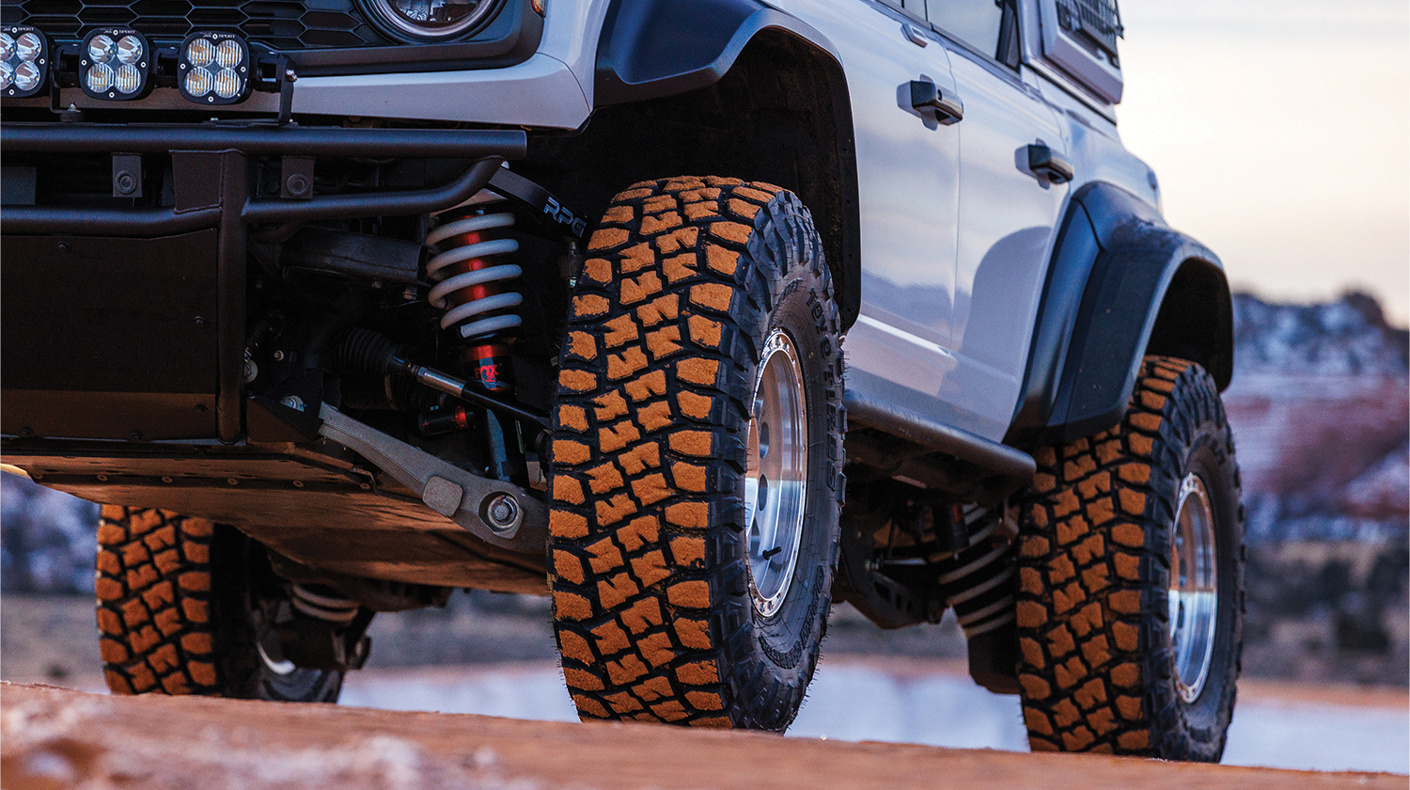Make The Case: WET-Sump Vs. DRY-Sump Systems

Cost, horsepower, and placement are just some of the considerations when determining which type of oil pump is correct for a certain racing application. In this month’s column, Canton Racing Products’ Iann Criscuolo stumps for wet sumps, while Gary Armstrong of Armstrong Race Engineering testifies on behalf of dry-sump systems.
WET-SUMP ADVOCATE:
IANN CRISCUOLO,
CANTON RACING PRODUCTS
Wet-sump systems lack the complexity of dry-sump systems, and that offers a number of different benefits.
An important point to consider is that a dry-sump system can indeed reduce the reliability of the car. You have more plumbing and more fittings involved, and that increases the potential for leaks. External pumps can also fail without warning, and that can ruin a race day.
Some folks tout the horsepower gains that can be had with a dry-sump system, but ultimately, we’re talking about a negligible difference, if any. Dry-sump systems are often considered superior in that regard, since you don’t have to deal with oil slosh in the bottom end, windage, and the aeration of the oil by the rotating assembly. However, those benefits can also be achieved with a properly set-up wet-sump system by using an Accusump, or a system that has a windage tray and proper baffling inside the oil pan.

An Accusump is an accumulator that holds oil in reserve off-site of the oil pan, and that makes the oil less susceptible to being sloshed around or aerated and having the oil pickup cavitated due to air during high lateral loads. It essentially mimics the general principles of a dry-sump system, but it’s really a wet-sump system with a holding tank. The Accusump has stored pressure from the oiling system, and when there’s a drop in the system’s pressure, the Accusump will push the oil out to the engine to maintain lubrication.
The key concern here is that windage and the aeration of oil can negatively affect the oil’s ability to do its job and increase the possibility of engine damage, and that’s why wet-sump systems often get a bad rap. But even just using a windage tray and baffling can make a big difference—they require minimal modification and can do a very good job of controlling the oil inside the pan.
You also have to consider the differences in complexity when it comes to packaging. An oil pan is a pretty straightforward install, as is the Accusump. But the story changes when you’re building out a dry-sump system. That’s when you have to start considering the constraints involved—where you’re going to put a 10-quart tank and mount external pumps, and what’s going to need to be moved around to accommodate that. And that can have an effect on what options are available to you in terms of engine setups.
Then there’s the cost. If you’re building a race-ready wet-sump system for the drag strip, circle track, or even road racing use, you’re looking at about $500 for a pan and pickup. If you wanted to combine that with an Accusump system, that would be another $500.
If you’re putting together a dry-sump system for a similar application, you’ll need a dry-sump pan, a tank, lines and fittings, and pumps. While the rest of the hardware is roughly equivalent to the cost of a wet-sump system, pumps add $2,000 to $4,000 more to the cost, depending on what you need. Realistically, a race-ready dry-sump system is going to be about $3,000 at the bare minimum. And that doesn’t include the labor involved in getting everything plumbed, mounted, and set up.
DRY-SUMP ADVOCATE:
GARY ARMSTRONG,
ARMSTRONG RACE ENGINEERING (ARE)
The simple truth is that, with something like a road racing application where you’re regularly pulling more than one lateral G, there’s no way you can design a wet-sump pan to contain the oil properly. Dry-sump systems were invented for that reason—to store the oil in a separate container that allows you to control the sloshing and maintain proper pressure.
Windage trays and baffles are only effective up to a point. You have to contain quite a bit of oil in a wet-sump pan, and you have to have an opening for the oil pump to fit down in, so that creates a giant opening in the windage tray. There’s also a lot of delay involved with the opening and closing of baffles when cornering, and no matter how tight you try to seal it, the oil is always going to sneak up the sides. These solutions are basically band-aids.

And a wet-sump system can cost you horsepower. The best analogy is to imagine operating a trolling motor out in a lake. If you pull the prop out of the water, you’re immediately going to pick up a thousand rpm or so, and that’s because of the difference in drag between the water and the air—air creates hardly any drag. Similarly, there’s a tremendous amount of viscous drag created by the crankshaft being in the oil. With our Corvette dry-sump system the car is running around the race track with less than a quart of oil in the engine at any given time, so the crankshaft is mostly turning in air, and that is providing horsepower that would otherwise be lost to drag in a wet-sump system.
Dry-sump systems also offer performance benefits that go beyond horsepower, like the ability to set the engine lower in the car because you don’t have to accommodate a deep oil pan. You can also play around with weight distribution in terms of where you put the dry-sump tank, and being able to do that strategically is a huge advantage. It’s not just about engine reliability, and that’s something that people often overlook. If you’ve got a driver off to one side of the car, being able to put the weight of the oil over to the other side of the car to offset some of that can make the car more competitive, and that’s something you can’t really do with a wet-sump system.
Yes, there is more complexity, and yes, a dry-sump system is going to be significantly more expensive. But ask yourself how much your engine costs. How many engines can you afford to blow up over the course of a season? If the answer is one or more, you’ve probably already paid for the cost of a dry-sump system three times over. Consider it an insurance policy. p
 MEMBERSHIP LOGIN
MEMBERSHIP LOGIN JOIN PRI
JOIN PRI


